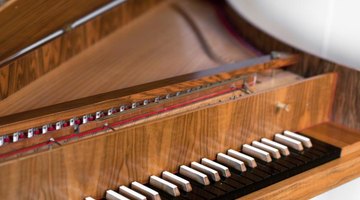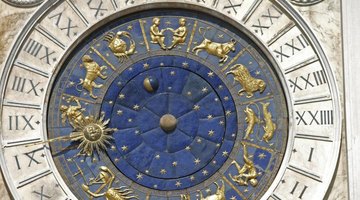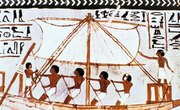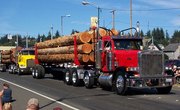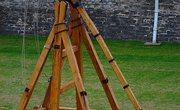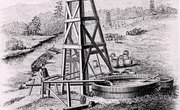The 1300s, also known as the 14th century, was a transitional period bridging the Middle Ages with the early Renaissance. During this time inventions in Europe and Asia dramatically impacted mankind. Many of these inventions were so productive, influential and significant that they continue to be used today, more than six centuries later.
Clocks
One of the most influential inventions of the 1300s was the clock. During the late middle ages, Europe was focusing intensely on measuring the day, organizing time and distinguishing between different segments of time. After years of struggling, during the early part of the 14th century European scientists finally were able to effectively create a toothed wheel that -- with a heavy weight and massive machinery -- turned one tooth at a time to indicate hours. After this early form of clock was invented, people in the 1300s began dividing and counting time in hours.
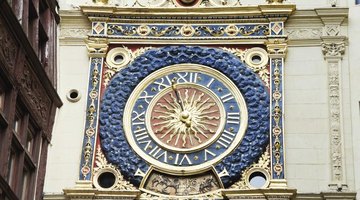
Cannons and Handguns
The invention of the cannon is traced by most researchers to the middle of the 1300s. Although scholars still debate their specific origins, either the Chinese, the Hindus, the Arabs or the Turks were likely responsible for inventing cannons. The earliest references to cannons occurred in manuscripts dated to 1327,1336 and 1347. The development of cannons led to the invention of the handgun, which first appeared in the 1360s. This early gun was like a hand-held cannon made of a 1-foot-long metal tube. The gunner inserted a glowing coal or a red-hot wire into a small touch hole in the loaded barrel to fire the weapon.
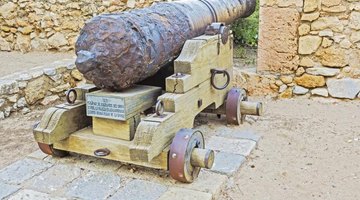
Mining Inventions
During the Middle Ages, Europe suffered from severe economic depressions. However, during the transitional 14thcentury,mine began to employ free work forces — as opposed to using slaves. With more labor available, inventors were motivated to devise gears, cogwheels and suction pumps to assist the mining process. In addition, power-driven bellows were created in the 14th century to fully melt iron, so it became less expensive and more widely used.

Eyeglasses
Although scholars debate the specific time and location in which spectacles were invented, most agree that some people wore eyeglasses during the late 13th to early 14th centuries. In around 1287 paintings first began to depict people wearing or holding glasses, and because Italy was responsible for many of these paintings, many scholars contend that Italians invented eyeglasses. Around 1300 regulations were established regarding glass lenses in Venice, and around 1352 eyeglasses were commonly worn by well-educated and rich noblemen and Italian clergymen. The glasses were constructed from crystals with curved surfaces that served as a magnifying glass.
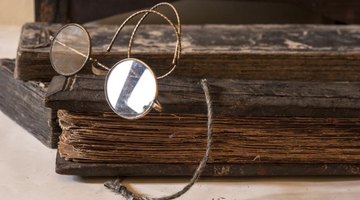
Harpsichord
In 1397 Hermann Poll invented the clavicembalum, which is also known as the harpsichord. Poll took the keyboard of an organ and adapted it to play notes via the striking of strings. The harpsichord soon became one of the more widely played and commonly heard instruments in much of Europe, and led to the development of the piano.
